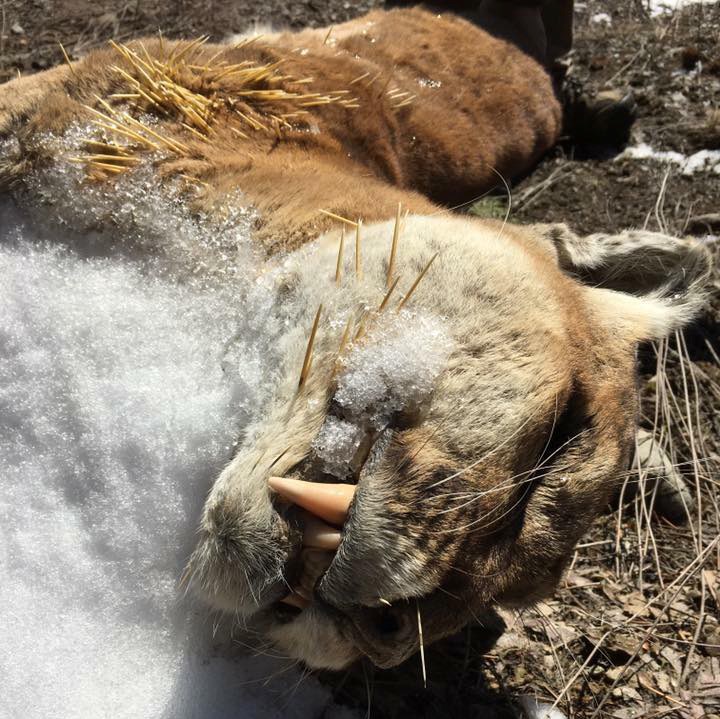THUNDER BAY - The cause of death of a dead cougar found in the region in March has been determined, but where it came from still remains a mystery.
A necropsy on the animal was conducted by Doug Campbell, a pathologist with the Canadian Wildlife Health Cooperative. According to Campbell, the cause of death appears to have been starvation.
“I think you could say it died as a result of being emaciated, which you could say is starvation and when I say that, it’s really there are many final routes to death from that condition but basically they lack enough energy to keep themselves going,” he said.
Campbell added during the necropsy, he will often look for potential reasons for the animal’s emaciated state.
“In this instance, I didn’t see any evidence of any particular disease and it is more likely that it was just an animal that was struggling to get enough to eat,” he said. “We will try and do as much evaluation of the health of the animal as possible by testing it for exposure to common viral pathogens, also perhaps to a few toxins and that sort of thing.”
The cougar was found on Boreal Road in late March by Mandi Weist. The animal’s frozen remains sparked a lot of excitement amongst outdoor enthusiasts, who pointed to the discovery as proof that the elusive predators are in fact in the region.
But when it comes to where the animal fits in genetically with the cougar family, Campbell said that is a little more difficult to determine.
“I think it’s a cougar, based on its physical characteristics, but the big question really in most people’s minds is where it fits genetically in the picture of cougars because it is a species that ranges over a broad geographic area from South America to North America but not in Ontario to the extent as we know,” Campbell continued.
Samples from the animal have been collected by the Ministry of Natural Resources to be sent to an expert in cougar genetics to see where it fits into the broader population.
“It might be possible from that to determine the origins of the animal but it may not be if it isn’t known from the genetics information where it might have originated,” Campbell said. “You are left with the fact that you definitely have a cougar in northwestern Ontario but you don’t really know where it came from, whether it was a resident from here or came from somewhere else.”
Campbell added there is still no way of knowing where the animal may have originated from or if there is a reproducing population in the region because so far there has been no evidence found, such as a cougar den.
The cougar has been returned to the MNR and according to Campbell, it is now in the MNR’s hands to determine just how extensive cougar populations are in the region.
“The MNR will be the ones that try and wrap up the threads on this in terms of the genetic origin of the cougar and what the actually biological significance of its occurrence was and where it fits into the pattern of whether cougars live here as a population or not,” he said.
